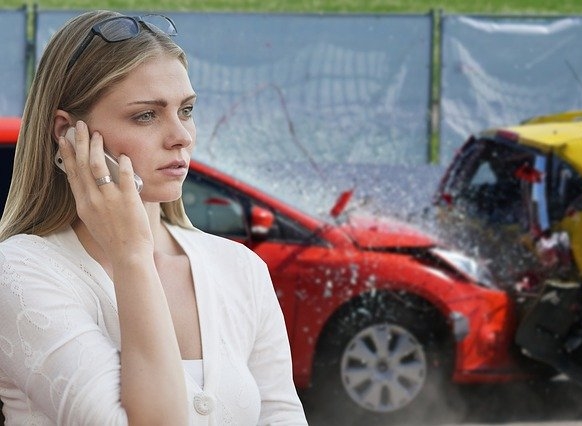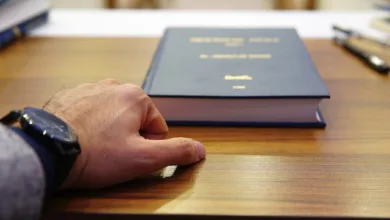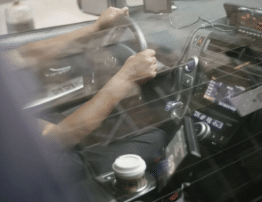What To Do After A Car Accident: 8 Steps

Even with just the simple fender bender, car accidents are an unfortunate fact of life. Whether or not you caused the collision, you want to be prepared in the aftermath of a car accident. An accident can drain the most seasoned driver, but the following steps will protect you from unnecessary worries.
-
Check Yourself for Injuries
If you discover that you have been injured, call 911 immediately. If you are physically unable to, ask someone to call for you. If you are seriously injured, try not to move and wait for emergency personnel to arrive. You can also go to an accident injury clinic Miami FL.
2. Check On The Well-Being Of Your Passengers
If you are not too injured to move, check on the other passengers in our car. Call 911 immediately or ask a bystander to call for emergency services if anyone is injured.
3. Get To Safety
If you can, move to a sidewalk or the side of the road. If your car is causing a hazard in the road and is still safe to drive, pull it to the side of the road. Otherwise, leave your car where it is and get yourself to safety.
4. Call 911
Whether the accident is deemed a minor fender-bender or a major collision, calling the police is imperative. The responding police officers will fill out an accident report and document the scene. If the police cannot come to the accident scene, you should go to the police station and file a report yourself. Your insurer may ask for a copy of the police report to assist with the claim process. If the accident happens in FL, you can later access the Florida crash report online by entering some of the incident’s basic information.
5. Wait For Help
If possible, turn off your engine, turn on your hazard lights, and use the road flares in your emergency car kit to warn other vehicles of your accident and slow down.
6. Exchange Information
Once you have assessed your and your passenger’s injuries, exchange contact and insurance information with the other driver. The following is the most important information drivers should exchange after an accident:
- Full name and contact information
- Insurance company and policy number
- Driver’s license and license plate number
- Type, color, and model of the vehicle
- Location of the accident
It is highly recommended to avoid discussing fault when going over the facts with the other driver. When you file the insurance claim, the adjuster will determine who is at fault based on the inspection of the vehicle’s property damage, your information and the other parties involved in the accident, and any supporting documentation such as the police report or photographs from the scene.
7. Document The Accident
To protect yourself, it is important to follow these steps:
- Identify the officers.
Once the police have arrived, get all the officers’ names and badge numbers.
- Get A Copy.
Ask the responding police officers present where you can obtain a copy of the police report after filing a car insurance claim.
- Take Pictures.
It is critical to document the accident thoroughly by taking pictures of your vehicle from different angles, showing the damage done to both cars. It may also be helpful to take a picture of the other car’s license plate.
- Take Down Names.
Write down the names and addresses of all the parties involved, including the passengers in the other vehicle.
- Talk To Witnesses.
If there were any witnesses to the accident, take their names and contact information.
8. Notify Your Insurer and Begin Your Claims Process
While you are at the scene, you may want to call your insurance agent. That way, they can tell you exactly what they will need while you are there to process your claim and what to expect.
When you get into an accident, you must follow these steps to ensure everyone’s safety, follow the law, and start the insurance claim process.



